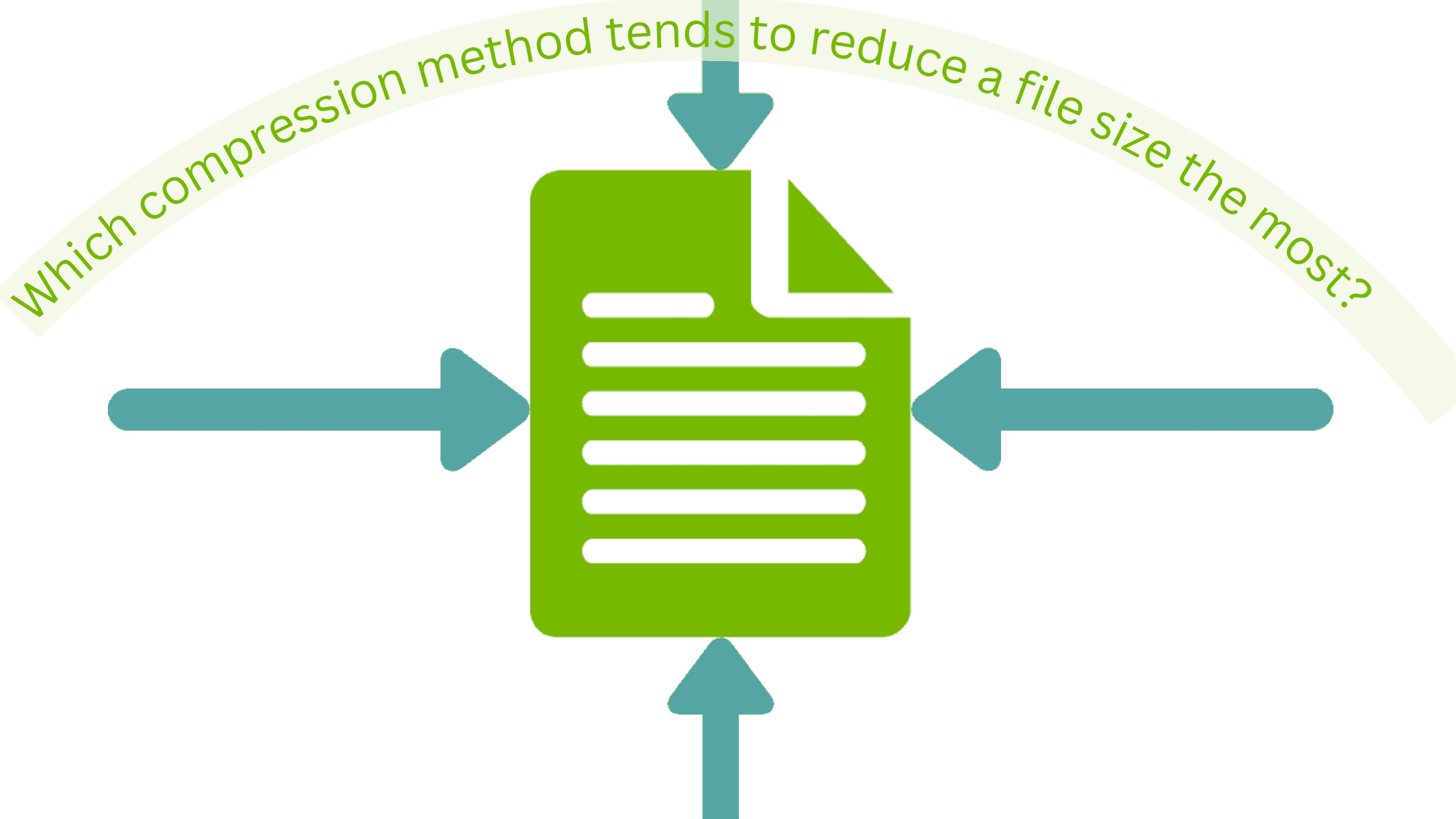
Which compression method tends to reduce a image file size the most?
Do you own a website that is taking more than two seconds to load? Then, we predict that you must be missing out on most of your potential leads!
Now, to solve the issue for your website, you might be considering an image compression option, but you are having trouble deciding which compression method is evident to reduce your file size to the most, and give a viable boost to your website - and for that, we are here to help!
Here’s a brief guide to one of the most competent methods for image compression. Going through the guide below would help you decide which one you need to go with!
Lossless image compression
Unlike lossy compression, lossless image compression does not degrade image quality. This is because lossless compression only removes additional, unimportant data that was added automatically by the device used to take the photo
Standard lossless compression algorithms include Huffman encoding, arithmetic coding, and run-length encoding.
Lossless compression techniques work best for images with a lot of text and images with transparent backgrounds. The types of formats that can benefit from lossless image compression are .RAW, .BMP, .GIF, and .PNG.
The following is an example of a lossless compressed image.
As you can see, there is no noticeable drop in quality. However, the image file size is only reduced by 5%. Therefore, lossless compression is best suited for images that need to be of high quality, such as B. storefront photography or detailed product images. Lost image compression
Lost image compression is a process that removes some data from your image files, reducing the overall file size. This process is irreversible, which means file information is permanently deleted
Some of the algorithms used for lossy compression include discrete wavelet transform, fractal compression, and scrambling transform
These lossy compression algorithms can significantly reduce file size, but this usually comes with a trade-off as image quality also decreases
The .JPEG format is a prime example of lossy compression. .JPEG files are suitable for paintings and photos without transparency. They're great for websites that need faster load times because you can adjust the compression ratio while maintaining the right balance.
Here is an example of lossy compression:
As you can see, we can't tell the difference between the original photo and the compressed photo. You can only notice the loss of information when enlarging a compressed image. Overall, the file size has been reduced by up to 85%.
If you're using WordPress, .JPEG images are automatically compressed when you upload files to your media library. By default, .JPEG images are reduced to about 82% of their original file size.
Lossy or Lossless Compression: Which is Better?
We believe the right answer depends on your needs.
An ecommerce website, blog, or portfolio website might find lossy compression more useful because it offers a significant reduction in file size, which improves site performance. This in turn creates a better user experience and improves SEO rankings.
On the other hand, photo websites will perform better if they use lossless compression. This data compression method prioritizes high quality over size reduction, allowing you to see your photos in more detail.
Another tip is to use both types of compression depending on the needs of each page on your site.
For example, you should optimize your ecommerce site with lossy compression for thumbnails and image previews to reduce loading times.
However, for product photos, you should choose a lossless compression method to avoid loss of quality. This is especially true for small products and details such as earrings or crafts.
Note that this tip can be applied to almost any type of website.
Why is image compression necessary? - Final Verdict!
Large image files can slow down your website's performance and have a negative impact on user experience and SEO. Unoptimized images can delay website loading or even block it or make it completely inaccessible.
Therefore, you need to optimize the images on your website. You can do this by changing the resolution or compressing the image file data. Both ways reduce file size and help websites load faster.
A Google study found that visitors are 45% less likely to return to a website if their first visit was unpleasant. Google has also confirmed that page speed is a major ranking factor in SERPs (Search Engine Results Pages).
Slow page performance can also affect your conversion rate. For example, outdoor lifestyle company Dakine reports that faster page speeds increase their mobile sales by about 45%.
Smaller image sizes also benefit your hosting subscription. They take up less storage space, giving you more space for other content. In addition, backing up your website is also a much faster process if your website images are compressed.